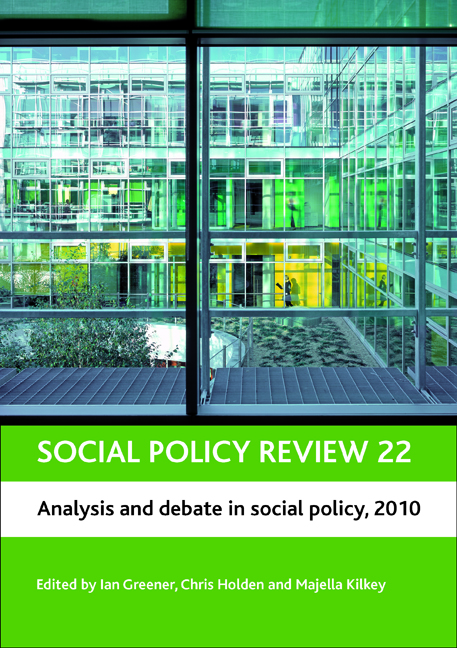one - Education policy and policy making, 1997–2009
Published online by Cambridge University Press: 01 September 2022
Summary
Introduction
In the last hundred years – since, in fact, the end of the First World War – there have been two major pieces of legislation affecting the future of the education service in England and Wales: the Education Act of 1944 and the so-called Education Reform Act (ERA) of 1988. There have, of course, been an enormous number of other pieces of legislation, White Papers and Circulars relating to education promulgated over the same period, but the 1944 and 1988 Acts stand out as having special significance. They constitute the backdrop to the educational changes described in this chapter.
Administratively, the 1944 Education Act established what is often referred to as ‘a national system, locally administered’, with local education authorities exerting considerable control over the service provided in their area. More accurately, perhaps, it sanctioned the continued development of a partnership between central government, local education authorities and teachers that had grown up in the preceding 50 years. It was popularly believed in the 1940s and 1950s that most important policy decisions in education were taken over lunch at the National Liberal Club by a troika consisting of Sir William Alexander, Secretary of the Association of Education Committees, Sir Ronald Gould, the General Secretary of the National Union of Teachers and the Permanent Secretary at the Ministry of Education. At a time when the prevailing mood was one of cooperation and consensus, it was generally assumed that if these three individuals agreed on some major item of education policy, it would, more often than not, be implemented. Such, at any rate, was the general belief, and, as constitutional expert Vernon Bogdanor has commented, ‘even if it was a caricature, it is at least significant that it was widely held’ (Bogdanor, 1979, p 161).
One of the main aims of the 1988 ERA was to begin the process of dismantling this post-war settlement, with the erection of a strictly hierarchical system of schooling, particularly at the secondary level, subject both to market forces and to greater control from the centre. The power of the local education authorities was to be steadily undermined, with the creation of a new tier of secondary schooling outside of local authority control and comprising city technology colleges (CTCs) and grant-maintained or ‘opted-out’ schools, schools financed directly by central government.
- Type
- Chapter
- Information
- Social Policy Review 22Analysis and Debate in Social Policy, 2010, pp. 13 - 30Publisher: Bristol University PressPrint publication year: 2010

